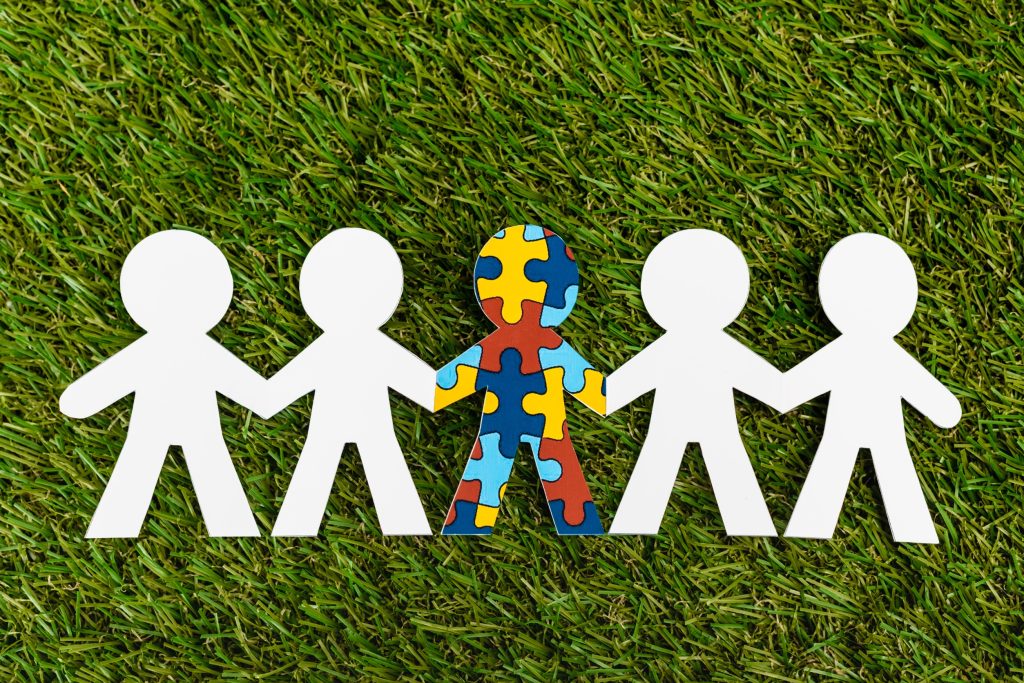Bug bites and stings are common and they’re usually temporary annoyances. Bites can come from insects like mosquitoes, ticks, spiders and chiggers. Stings can come from bees, wasps, and ants.
Bites and stings can cause more severe reactions that require medical attention depending on the bug. When this happens, it’s helpful to know at-home treatments you can do and when your child needs to see their pediatrician.
Bug Bite Prevention for Children
Being proactive is the best way to prevent complications from bites and stings. You can protect your family with these 3 tips.
1. Be aware of buggy areas.
During warmer parts of the year, you are more likely to encounter mosquito, tick and spider bites. Areas to be aware of include:
- Still pools, ponds and birdbaths.
- Woody areas that have tall grass.
- Piles of wood or boxes that have been untouched for a while.
2. Use protective clothing and insect repellent.
Long sleeves, pants, shoes and socks protect your child from bites and stings. You may also want to have them tuck their shirt into their pants and pants into their socks when in wooded areas.
Choosing an insect repellent is key. Use an Environmental Protection Agency (EPA)-registered product that has an active ingredient such as DEET, oil of lemon eucalyptus (OLE), picaridin or para-menthane-diol (PMD).
When using insect repellent on children:
- Always follow the directions on the label.
- Apply insect repellent after sunscreen.
- Don’t apply insect repellent to your child’s hands, eyes or mouth. Apply repellent to your hands, then apply it to your child’s face.
- Don’t apply insect repellent to irritated skin or cuts.
- If your child is under 3 years old, don’t use products with oil of lemon eucalyptus or para-menthane-diol.
3. Don’t disturb insects.
Make sure your children know not to touch anything that looks like a bee or wasp nest. If insects come their way, encourage them not to swat at them — they can sting if they think someone is a threat.
Treating Bug Bites and Stings
If your child gets bitten or stung, don’t panic. Most bug bites and stings aren’t dangerous. There are many at-home treatments that can help relieve pain, itching, or discomfort for your child.
Treatment For Bug Bites
Bites are usually itchy, but they can also be painful.
To treat any kind of bug bite, wash the area with soap and water.
If needed, use:
- A cool compress, like an ice pack, to reduce swelling and itching.
- An over-the-counter pain reliever that is appropriate for their age. For instance, children under 6 months should not be given ibuprofen.
- Always consult your child’s pediatrician before giving medication.
Other at-home treatments according to the type of insect bite include:
| Mosquito Bites | Tick Bites | Spider Bites | Chigger Bites |
|---|---|---|---|
|
|
|
|
Treatment For Stings
Stings can be itchy, more painful than bug bites and feel hot to the touch.
To treat an insect sting:
- Remove the stinger if it’s been left behind. Do this with a scraping motion to avoid pinching more venom into the skin.
- Cleanse the area with soap and water. Repeat this a few times each day until the skin heals.
- Use an ice pack or a cold, wet washcloth to reduce swelling. Do this for a few minutes at a time as needed.
- If your child is in pain, use an over-the-counter pain reliever that is appropriate for their age. For instance, children under 6 months should not be given ibuprofen.
When to See a Pediatrician for Your Child’s Bug Bite or Sting
If you’re ever concerned about a bug bite or sting, reach out to your child’s pediatrician for advice.
Other reasons to seek medical attention include:
- A sting anywhere in the mouth.
- A large rash on the skin or swelling around a sting site.
- Swelling or pain that persists for more than 3 days.
- A possible bite from a brown recluse or black widow spider.
- Signs of Lyme disease, including fever, rash, fatigue, headache, muscle pain and a swollen painful joint — you’ll want to keep an eye out for these for about a month after the bite.
Certain bug bites can trigger an allergic reaction in some children. Call 911 and use an epinephrine auto-injector (if available) if you notice signs of a serious allergic reaction, including difficulty breathing, dizziness, nausea, vomiting or swelling of the lips, face or tongue.
By taking steps to prevent bites and stings, you can keep your child safe as they explore outdoors.



